As a food writer —specifically one who has been writing about, researching and cooking the cuisine of Kodagu for decades —I get asked a lot of questions that set off complex trends of thought, many of them related to authenticity and tradition. Some questions are not too hard to answer. They often come from people in a hurry to produce a film of some sort and wish to know if it is okay to substitute mutton for pork in a pandi curry on a TV show about Kodagu. The latter may not go down well with viewers. The simple answer is no, it is not okay. It is a temporary accommodation being made within a long running tradition. Never mind how Kodavas might feel about mutton passing for pork in a pandi curry at a wedding feast. In a substitution like this one, the culinary heritage and identity of a people is smothered, and they are presented as something other than what they really are to a wide audience.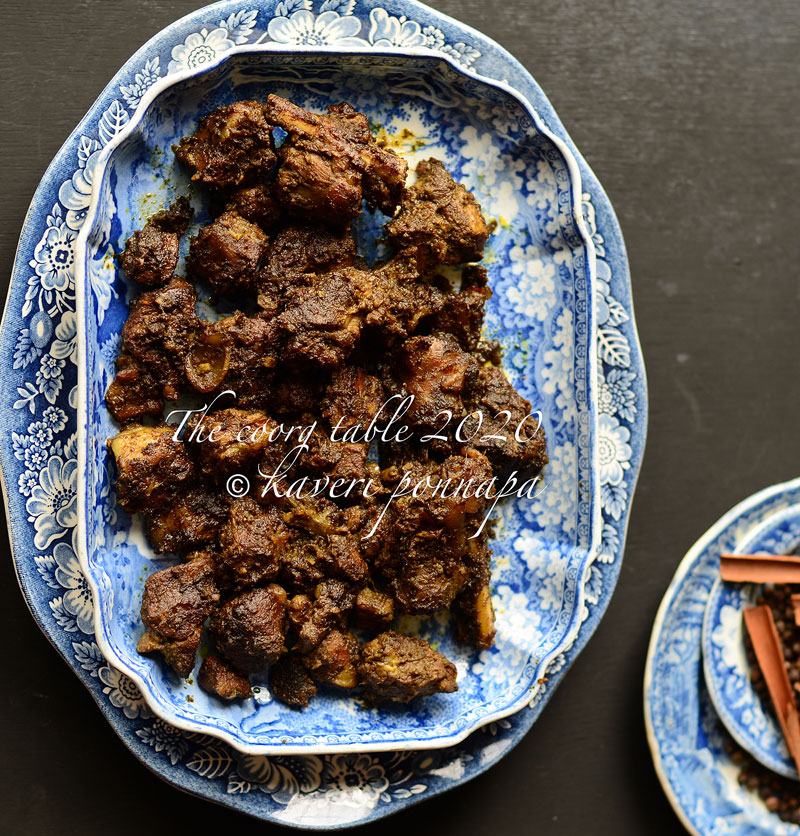 I welcome such questions, however, as they make me think more deeply about terms we otherwise use quite casually: tradition; identity; cuisine, and how they are all linked. I have written elsewhere about how the many years researching my book, The Vanishing Kodavas, made me focus on my culinary roots very differently —suddenly it was all about context. History, culture and cuisine —an entire way of life came together in a beautiful, rich, layered and meaningful harmony. Since then, I have been writing, speaking, recording, documenting, and of course, cooking, trying to explore multiple perspectives, trying to understand what is traditional in our idea of how we eat.
I welcome such questions, however, as they make me think more deeply about terms we otherwise use quite casually: tradition; identity; cuisine, and how they are all linked. I have written elsewhere about how the many years researching my book, The Vanishing Kodavas, made me focus on my culinary roots very differently —suddenly it was all about context. History, culture and cuisine —an entire way of life came together in a beautiful, rich, layered and meaningful harmony. Since then, I have been writing, speaking, recording, documenting, and of course, cooking, trying to explore multiple perspectives, trying to understand what is traditional in our idea of how we eat.
There is a rich bank of voices to draw on. The dishes I have explored are in fact oral histories of cooking and life. Some dishes I may record just because they are a part of our history. They interest me as creations that once defined the way we lived and ate. But the circumstances in which they were cooked and eaten are long gone, and the dishes themselves may not be relevant in our contemporary lives: wild game, for instance, once such a critical part of our lives, is no longer on our tables. On the other hand, there are dishes that are still alive, current, being cooked and eaten; but knowledge about them is limited to a particular generation, and very often, has not been passed on to the next one due to many reasons —migrations to cities, loss of cooking skills, and most often, lack of time. These are dishes we are likely to lose, and with them, we will lose a part of ourselves. It’s possible to bring them back, delving into the background of each one, bringing in a few changes if necessary to make them accessible to another generation without losing their essence.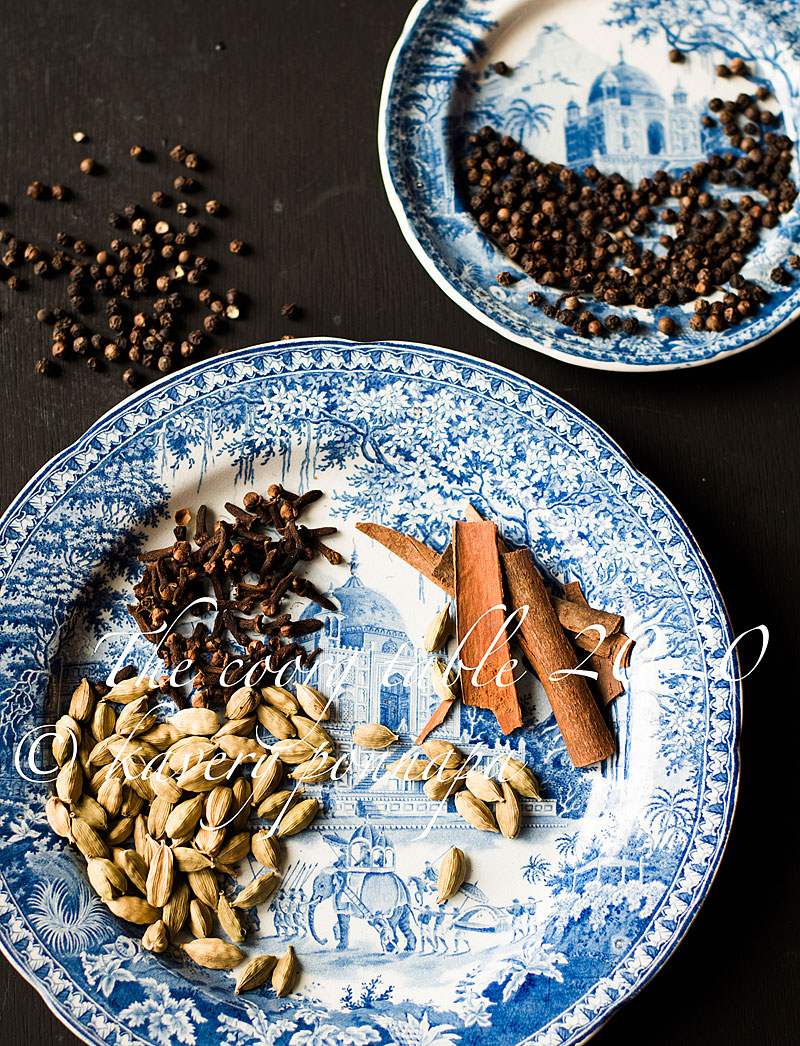 Tradition is constantly shifting, all the while drawing on its roots. Cooks bring their own creativity and imagination to the dishes they make, including the ones that are part of a collective heritage. Over the centuries, we accepted tomatoes, coconuts, bird’s eye chillies, pineapples and more into our kitchens in Kodagu, and relatively recently, replaced the all-important wild game with farmed equivalents. Equally, we excluded ingredients that might have changed the entire idea of how we eat. Without this frame of reference, these foundations, we wouldn’t be who we are, neither would our food be what it is —well-defined and distinctive.
Tradition is constantly shifting, all the while drawing on its roots. Cooks bring their own creativity and imagination to the dishes they make, including the ones that are part of a collective heritage. Over the centuries, we accepted tomatoes, coconuts, bird’s eye chillies, pineapples and more into our kitchens in Kodagu, and relatively recently, replaced the all-important wild game with farmed equivalents. Equally, we excluded ingredients that might have changed the entire idea of how we eat. Without this frame of reference, these foundations, we wouldn’t be who we are, neither would our food be what it is —well-defined and distinctive.
There are many unique foods that are an essential part of us, dishes that have a strong history, and carry cultural significance. There are so many ways to make pandi curry, since we, as individuals are always making choices. We may choose to marinade the pork, or cook it directly. We may use less spice or more; roast spices very dark or a bit lighter; add a particular spice or leave it out altogether. But mutton will not take the place of pork in the dish. We may tweak and innovate, but always with an eye on the past, on what the dish means to us, collectively, in the emotional as much as in the cultural sense.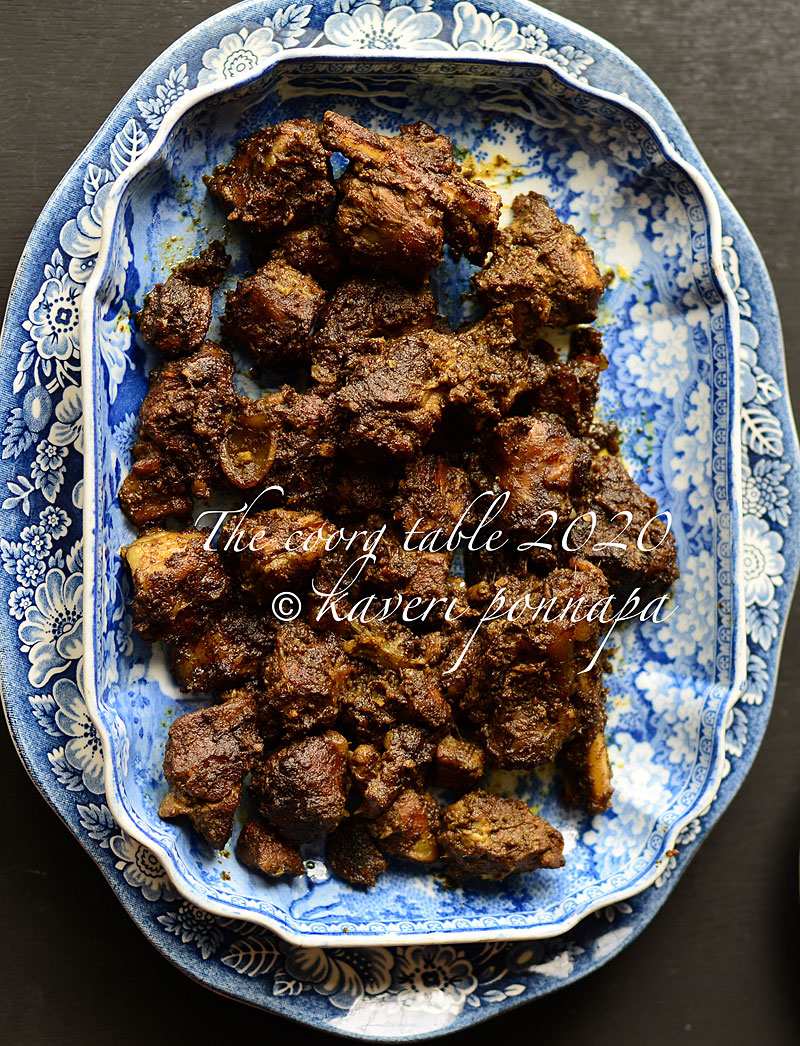 If you want to eat mutton, there’s my mother-in-law’s stellar kori erachi barthad: pepper fried mutton. Meltingly soft cubes of mutton, slow-cooked, with no concessions to our time-starved world, suffused with the full arsenal of Kodava roasted spices, a thick, delicious sauce clinging to every morsel. Best eaten with akki ottis, using your fingers; no need to substitute pork with mutton. In a fast-paced, high-tech world that places all the emphasis on speed, change and constant novelty, skipping over all the details, a little bit of tradition can be liberating.
If you want to eat mutton, there’s my mother-in-law’s stellar kori erachi barthad: pepper fried mutton. Meltingly soft cubes of mutton, slow-cooked, with no concessions to our time-starved world, suffused with the full arsenal of Kodava roasted spices, a thick, delicious sauce clinging to every morsel. Best eaten with akki ottis, using your fingers; no need to substitute pork with mutton. In a fast-paced, high-tech world that places all the emphasis on speed, change and constant novelty, skipping over all the details, a little bit of tradition can be liberating.
All Food Styling: Kaveri Ponnapa
Photo Credits: A.G.P Sathyaprakash
Do look out for the recipes of all the food featured here in my upcoming cookbook.

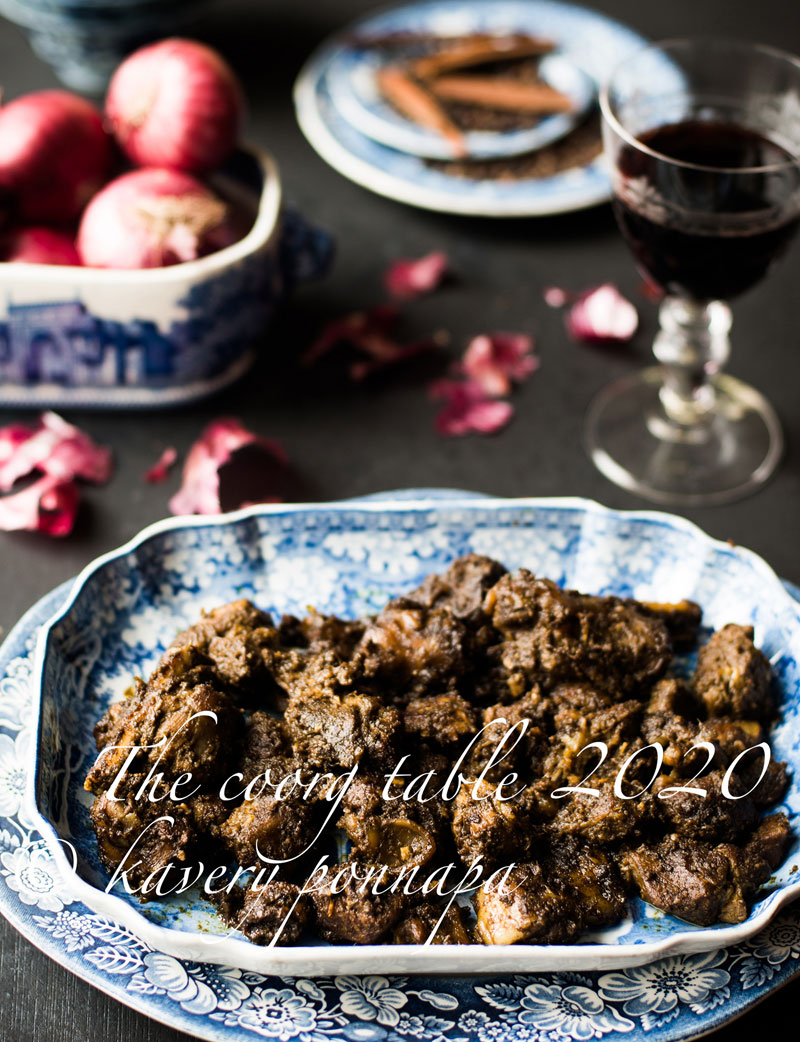

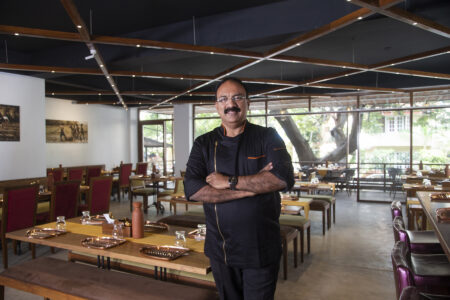
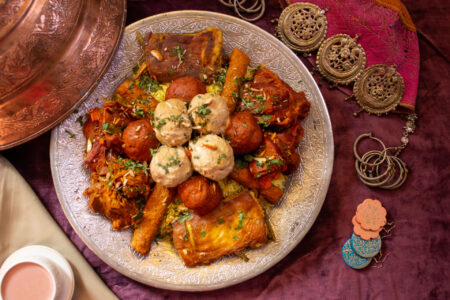
Pl tell me one thing first… you make my mouth water, stomach rumbling away and eyes longing for the recipe. As I scroll down in anticipation I see nothing😔 …. it’s been a while now and I’m still waiting for the cook- book/ recipes . Am I doing something wrong that probably I can’t see the recipe??
How much longer— can’t wait!!!🙏
Hi Maria, you are right, the recipes are not up! The hazards of juggling many different projects at the same time.
I am so sorry that you have had to wait so long, but now there’s a new set of delays we are all facing. The book and the recipes will get to you, that’s for sure. Please do keep reading!
Warm wishes. Kaveri
Oh so delicious, looks perfect and my mouth is watering!! Beautiful words and crockery too, as always.
Thank you very much, Bindu, this dish always turns out well. The crockery is a passion! Warm wishes.Kaveri
Hi, Very happy to see your post again it was quite a long time. Your posts always brings something new and which is very interesting. Wonderful writing as always!! Even sometimes I wonder when we talk about dishes in Coorg, because Pork comes always first before mutton, most of the people prefer pork when compared to mutton.
Hi Kaverappa, thank you for painting that picture about how conversations about food run, in Coorg. Pork does have a special place on our menus, for a hundred different reasons, beginning with a preferred taste for it, and getting into more intricate details from there. Warm wishes. Kaveri
You have written quite eloquently about Kodava culinary traditions in your book, The Vanishing Kodavas. Mutton curry is not, and can never be pandi curry and the twain shall never meet !
Kishore, that, in short is the truth—and add to it a long history where pork gathered a special significance through many social and festive occasions, and you have the entire picture. Thank you for reading! Kaveri